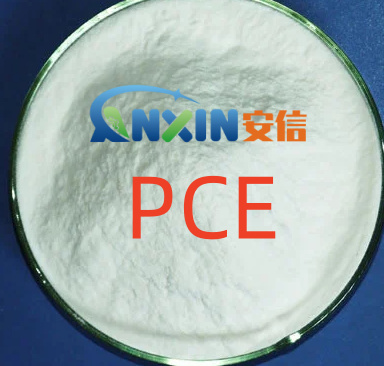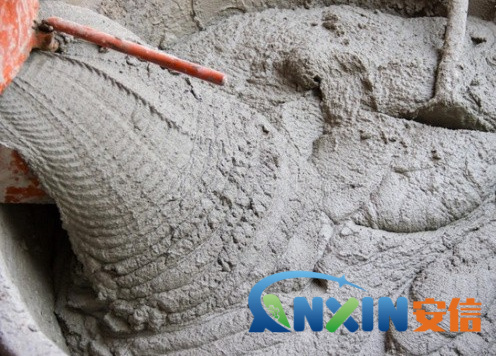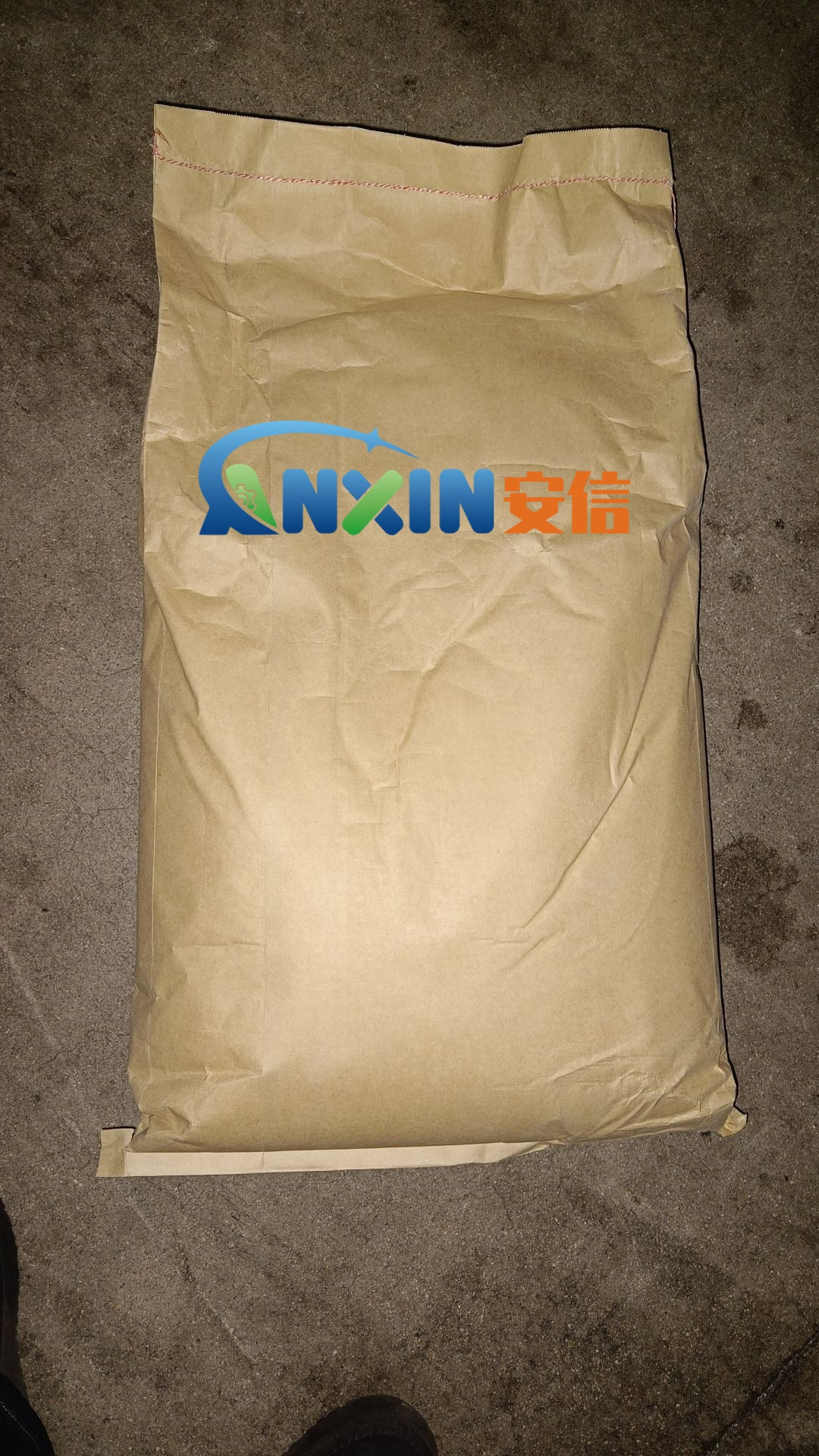Polycarboxylate water reducer (PCE) is a new generation of high-efficiency water reducer with the most extensive application and the best performance in contemporary cement-based materials. It is widely used in ready-mixed concrete, self-leveling mortar, grouting materials, repair mortar and high-performance concrete.

1. Mechanism of action
Polycarboxylate water reducer is a type of high-molecular surfactant characterized by polyether side chains and carboxylic acid main chains. Its water-reducing and dispersing abilities mainly come from two aspects:
1.1. Electrostatic repulsion
The main chain of the Polycarboxylate water reducer molecule contains a large number of carboxyl groups (-COOH), which are ionized in an alkaline environment to form carboxylate radicals (-COO⁻), which are adsorbed on the surface of cement particles, making the particles carry the same negative charge, thereby repelling each other and promoting the dispersion of cement particles.
1.2. Steric hindrance effect
Polyether side chains such as polyoxyethylene groups (PEO) prevent cement particles from reaggregating through steric hindrance, thereby enhancing the durability of dispersion. This property is significantly better than traditional naphthalene and aliphatic water reducers.
2. Main role in cement mortar
2.1. Significantly improve fluidity
When keeping the water-cement ratio unchanged, PCE can greatly improve the fluidity of mortar, making it easier to construct and spread evenly, especially suitable for self-leveling mortar and grouting materials.
2.2. Significantly reduce water consumption
PCE can reduce the mixing water by about 20%-35% without affecting the fluidity, thereby improving the density and strength of the mortar and improving durability.
2.3. Improve water retention and construction performance
By evenly dispersing cement particles, PCE can reduce water seepage and segregation, making the mortar more stable, which is conducive to subsequent maintenance and strength development.
2.4. Promote cement hydration reaction
Reducing the agglomeration of cement particles and allowing them to fully contact with water will help the uniformity of the hydration reaction and the early strength growth of the mortar.
2.5. Improve mechanical properties
Due to its high water reduction rate and compact structure, cement mortar mixed with PCE has higher compressive and flexural strength, especially in high-strength mortar.

3. Performance advantages
High-efficiency water reduction: Compared with traditional naphthalene-based and lignin-based water reducers, PCE has a higher water reduction rate and more stable performance.
Low dosage and high performance: Usually the dosage is only 0.1%-0.3% of the cementitious material, which can achieve excellent water reduction effect.
Good compatibility: It can be compounded with a variety of cement systems and admixtures, and has a wide adaptability.
Environmental protection and pollution-free: Polycarboxylate water reducer is a green and environmentally friendly product that meets the needs of modern sustainable development in construction.
4. Performance in practical applications
4.1. Self-leveling mortar
PCE makes the mortar have good fluidity and self-compacting ability, which is suitable for ground leveling, caulking and repairing.
4.2. Tile adhesive, thin-layer plaster mortar
Improve the construction feel, enhance the adhesion with the base layer, and reduce cracking.
4.3. Repair mortar and grouting material
Reduce the water-cement ratio, improve the density and early strength performance, suitable for projects with high strength and high flow requirements.
5. Precautions for use
5.1. Dosage control
Excessive dosage may cause excessive mortar fluidity, water seepage or prolonged setting time, which needs to be adjusted based on the test.
5.2. Compounding with other admixtures
PCE needs to be tested for compatibility with retarders, air entraining agents, etc. to avoid performance conflicts.

5.3. Influence of raw materials
Cement type, sand fineness modulus, temperature and other factors have a great influence on the effect of PCE, and the mix ratio needs to be optimized according to the actual conditions on site.
5.4. Storage and transportation
Liquid PCE needs to be frost-proof, sun-proof, and sealed for storage, with a shelf life of generally 6 months; powder products need to be moisture-proof.
Polycarboxylate water reducer plays an irreplaceable role in cement mortar with its high efficiency of water reduction, excellent dispersion and plasticity retention. With the continuous development of green building materials and high-performance mortar, the formulation design and application technology of PCE are also being continuously optimized. The rational use of PCE can not only significantly improve the performance of mortar, but also help achieve the dual goals of energy conservation and emission reduction and construction quality improvement.
Post time: Jun-17-2025